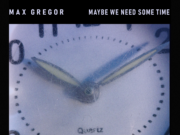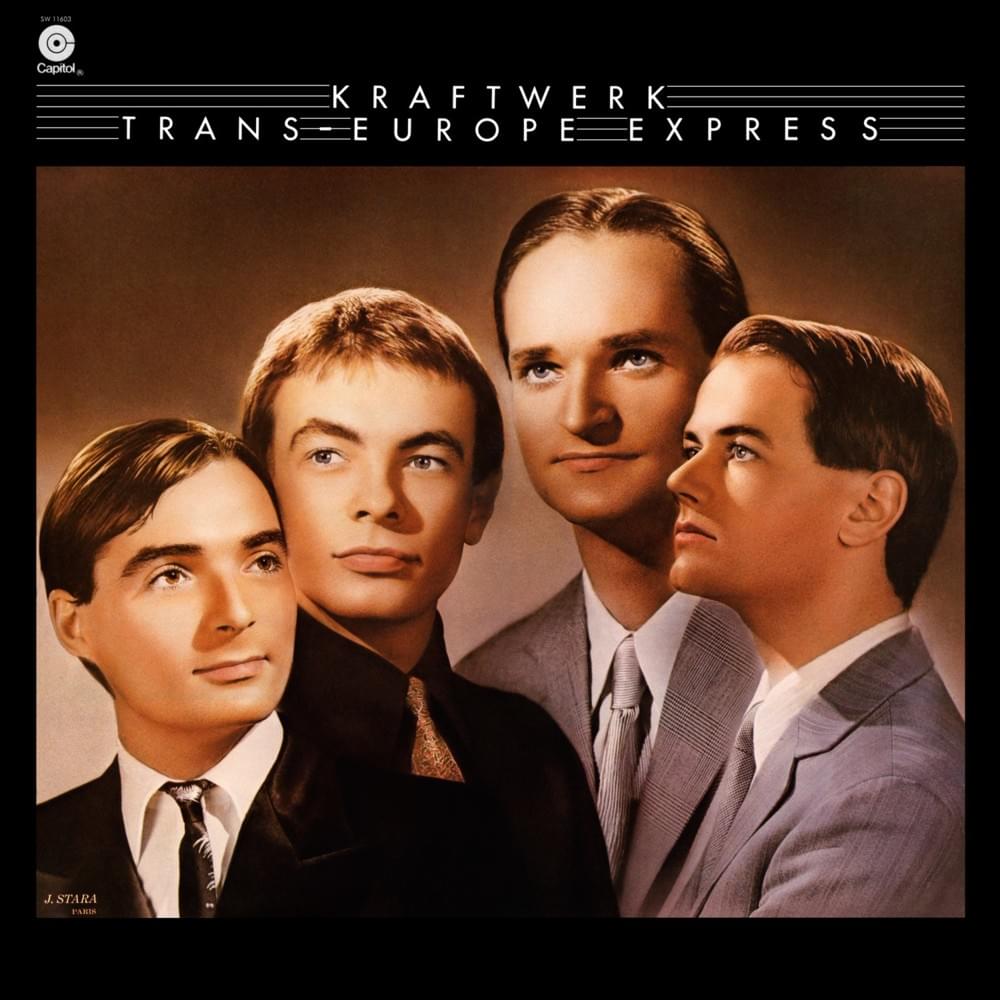Plagiarisms
 Music plagiarism is a hot topic in the music industry these days and artists seem to be being accused of it more than ever.
Music plagiarism is a hot topic in the music industry these days and artists seem to be being accused of it more than ever.
In a nutshell, it’s all about the use or close imitation of another author’s music as an own original work without their permission and without giving them the due credit. Depending where the infringement happens, applicable law differ for such cases and can be the Copyright Act of 1976, the Copyright, Designs and Patents Act of 1988, the Berne Convention for the Protection of Literary and Artistic Works of 1886, …
Music plagiarism mainly occurs in two contexts: with a musical idea (a melody or motif) or with a sampling (reuse of a portion of a song in a different song).
It’s true that such lawsuits generate a lot of press when big names are involved, and the problem has increased in the digital era. This is due to the easiness of sampling parts of songs and to a dramatically increased music offering. Therefore, even if artists may not deliberately want to copy songs, they can get into trouble with copyright infringement lawsuits because intent, unfortunately, doesn’t matter in such cases.
There is no such thing as a new idea. It is impossible. We simply take a lot of old ideas and put them into a sort of mental kaleidoscope. We give them a turn and they make new and curious combinations. We keep on turning and making new combinations indefinitely, but they are the same old pieces of colored glass that have been in use through all the ages.
Many musicians have been accused of plagiarism at a certain time in their careers. Everyone from Shakespeare to the Beatles has been accused of stealing ideas from those that came before them. We are all influenced by others but where is the line drawn between being influenced by something and really plagiarism?
In the context of a trial, a plaintiff claiming infringement must essentially prove the presence of two elements:
- Access – the fact that the infringer had heard, or could reasonably be presumed to have heard, the original song prior to writing his own song; and
- Substantial Similarity – the fact that an average listener is able to tell that one song has been copied from the other. Therefore, the more elements that the two works have in common, the more likely they are substantially similar.
The demonstration of such elements is sufficient to label culpability if the first song is of course not already in the public domain. Therefore, because financial consequences are huge, juries can be very subjective and the line between infringement and inspiration is somehow fuzzy, it is very common that composers prefer to settle out of courts, even if they don’t feel guilty.
Discover our Plagiarisms series that takes such cases under the lens and forge your own opinion.


















